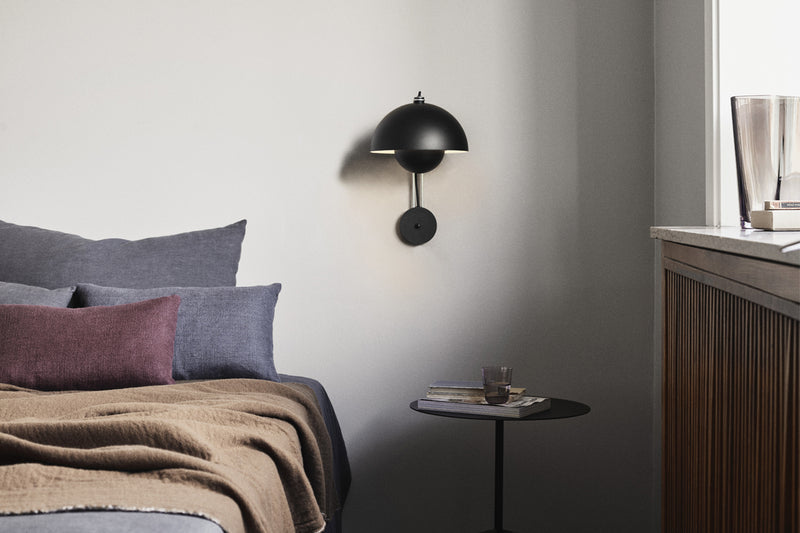The Perfect Colour Temperature for Bedroom Lights
The lighting in our bedrooms plays a crucial role in creating a cosy and soothing atmosphere conducive to restful sleep. One significant aspect of bedroom lighting is colour temperature, which refers to the warmth or coolness of light. Selecting the appropriate colour temperature can greatly enhance the comfort and ambiance of your bedroom. In this blog post, we will explore the importance of colour temperature and guide you in choosing the right lighting for your bedroom.
{gallery blog-gallery-kd5pgpz5}
Understanding colour temperature
Colour temperature is measured on the Kelvin (K) scale, which ranges from warm to cool. Lower Kelvin values indicate warmer, more yellow-toned light, while higher Kelvin values represent cooler, bluish-white light. The choice of colour temperature affects the overall mood and functionality of the room.Promoting relaxation and sleep
To create a relaxing environment in the bedroom, it is recommended to opt for warmer colour temperatures. Light sources with a Kelvin range of 2000K to 3000K emit a cosy, golden glow resembling candlelight or the setting sun. These warmer hues promote the release of melatonin, the hormone responsible for regulating sleep cycles. Such colour temperatures are ideal for winding down before bedtime, helping to prepare your body and mind for a good night's rest.
Avoiding blue lights at night
Blue light, typically associated with daylight or electronic screens, can interfere with your sleep patterns. Exposure to blue light in the evening can suppress melatonin production and disrupt your circadian rhythm, making it harder to fall asleep. Therefore, it is advisable to avoid higher colour temperatures, such as 5000K or above, in your bedroom lighting, as they tend to have a cooler, bluish tone.
Balancing task lighting
While warm colour temperatures are preferred for general bedroom lighting, it's important to consider the practicality of the space. If your bedroom serves as a multifunctional area, you might require task lighting for reading, working, or grooming. In such cases, consider installing adjustable lighting fixtures or using secondary light sources, such as desk lamps, with cooler colour temperatures (around 3500K to 4000K). These task-oriented lights provide ample brightness without sacrificing the overall soothing atmosphere of the room.
Dimmers and smart lighting
To maximise the versatility of your bedroom lighting, consider installing dimmer switches or smart lighting systems. These allow you to adjust the brightness and colour temperature of your lights according to different activities and moods. Dimmers enable you to lower the intensity of the lights during the evening, creating a relaxing ambiance before sleep. Smart lighting systems offer the added convenience of controlling the colour temperature and brightness using voice commands or smartphone apps.
Make it your own
Choosing the right colour temperature for bedroom lights is essential for creating a calming and sleep-friendly environment. Warm colour temperatures in the range of 2000K to 3000K promote relaxation and prepare your body for restorative sleep. Avoiding higher colour temperatures, especially blue light, can help maintain a healthy sleep-wake cycle. Balancing task lighting with adjustable fixtures or secondary light sources allows for functionality without compromising the soothing atmosphere. By experimenting with different lighting options, you can personalise your bedroom lighting to create the perfect ambience for restful nights and rejuvenating mornings.
